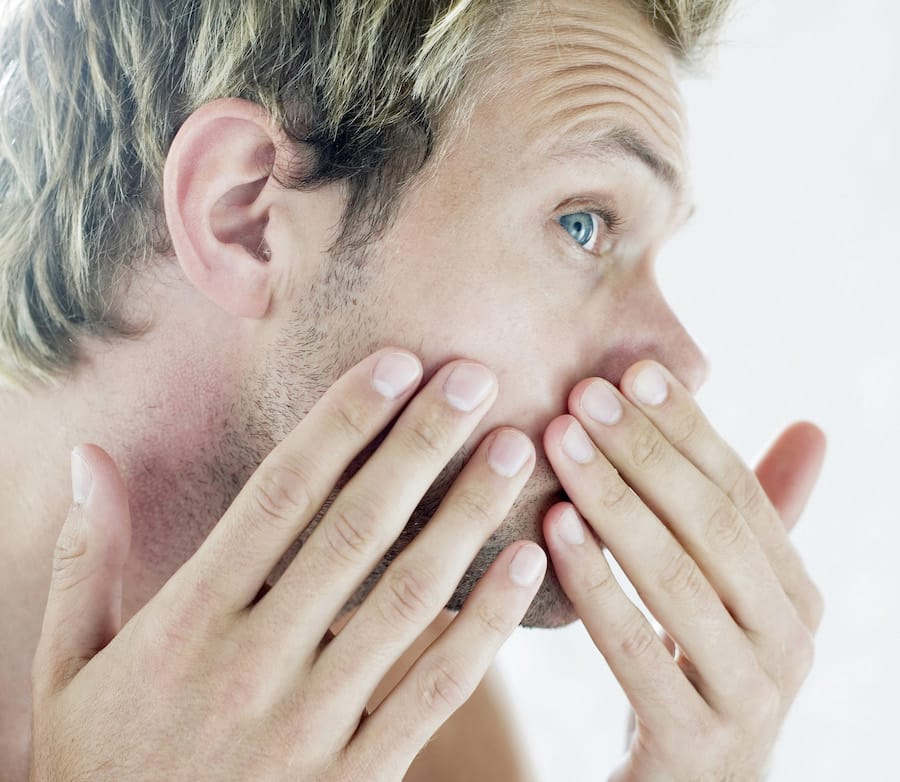Aesthetic dermatology at Belgravia Dermatology
- About – Aesthetic dermatology is about protecting, maintaining and restoring the health and appearance of the skin.
- Treatments – A skilful combination of non surgical treatments can bring your facial appearance to its optimum
- Next step – Our Dermatologists are experts in aesthetic services, and would be delighted to see you for an assessment
What is aesthetic dermatology?
Aesthetic dermatology is the branch of dermatology which is focussed on protecting, maintaining and restoring skin health and appearance using medical treatments. Treatments are delivered by our Dermatologists and other registered health care professionals who work under their supervision. Our team prides itself on using treatments which are evidence-based and deliver results.
Why skin health and appearance deteriorate
The skin, like any other organ in the body (or any other protective covering for that matter – such as upholstery on a sofa), suffers from wear and tear with use and with time. The causes of wear and tear can be divided into intrinsic or extrinsic.
Intrinsic wear and tear is genetically preprogrammed and inevitable – and occurs to every organ of the body with the passage of time. The genetic mechanisms for this are actively being studied, but the end result whether its the joints, the heart or the skin, is that there are fewer cells in the organ and they carry out their functions less well.
Extrinsic wear and tear occurs from ‘use‘. We can not shield our skins from everything that may cause damage to it, in the same was as it is impossible to shield our bodies from everything that can cause damage to it (sugar, pollution etc).
Intrinsic wear and tear of the skin
The features of intrinsic wear and tear can be seen on a biopsy. There are fewer fibroblasts so there is less collagen production (seen as thinner skin), there are fewer grease glands (seen as dry skin), and there are fewer elastic fibres (seen as wrinkling and sagging). The skin becomes more fragile and is damaged easily.
Extrinsic wear and tear of the skin
The features of extrinsic wear and tear on a skin biopsy are increased amounts of pigmentation (seen as sun spots), disorganisation in the way the collagen and elastic fibres are arranged (seen as poor quality skin), dilated blood vessels (seen as thread veins), collections of benign cells (seen as seborrheic warts) or collections of malignant cells where the DNA has been permanently damaged (seen as precancerous skin lesions).
The skin needs to be looked after like any other organ
In the same way that maintenance and restoration treatments are undertaken for weaker kidneys (such as diuretic tablets) or worn joints (such as joint replacement surgery) that may have developed because of aging and the passage of time, similar maintenance and restoration treatments are necessary for the skin to mitigate the effects of intrinsic wear and tear.
It follows that in the same way that protective and restoration treatments are necessary for damage to other organs from excess (stents for heart disease followed by cholesterol medication for heart disease), the same is required for protection and restoration of the skin from the effects of excess sun, smoking and pollution. Good health starts with skin health.
The three main things that cause wear and tear of the skin are listed below. These should be limited as much as possible.
Sun exposure
It is clear that ultraviolet light causes break down of collagen and damages the DNA in skin cells, causing an increased risk of skin cancer. Avoiding sun exposure is paramount in slowing down skin deterioration.
Smoking
Smoking also causes damage to the skin by breaking collagen down, and increasing the risk of squamous carcinoma of the skin. Many of the side effects from smoking may reverse in the years following cessation.
Environmental pollution
Recent research has shown that hydrocarbons and other toxins found in the environment lead to skin aging.

Aesthetic treatments at Belgravia Dermatology
- Detailed consultation and aesthetic facial analysis by a Dermatologist to identify areas of facial appearance that may be restored or optimised with non-surgical treatments such as injectable neurotoxins and fillers.
- Attention to facial proportions and general balance of features to account for variable rates of aging in different zones of the face.
- Identification of your goals and priorities.
- Formulation of a treatment plan which may include creams, injection treatments, lasers and energy based devices and chemical peels.
- Discussion of any specific areas of concerns.
How effective are aesthetic treatments?
Our dermatologists have been providing aesthetic treatments for a combined 30 years. Their experience enables them to guide patients to suitable treatments that are cost-effective and provide excellent aesthetic outcomes.
What should I do next?
If you are interested in aesthetic treatments then please arrange to see one of our Dermatologists who will be happy to help.
